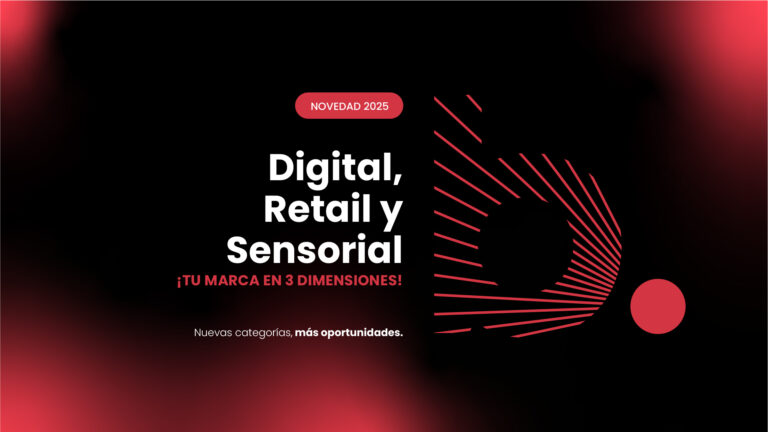Hast du schon einmal darüber nachgedacht, wie aufregend es wäre, in einer virtuellen Realität zu kreieren, nur um dann zu merken, dass alles flach wird? VR-Skulpturen sind der absolute Wahnsinn! Die Freiheit, die man hat, und die Möglichkeiten sind grenzenlos! Aber was passiert, wenn wir plötzlich in den „Flachmodus“ wechseln müssen?
Es ist faszinierend zu sehen, wie die Kreativität auch in so einem scheinbar Einschränkenden Format weiter blühen kann! Ich finde, dass das eine großartige Herausforderung ist, die uns dazu bringt, unsere Fähigkeiten neu zu definieren und innovative Wege zu finden!
Wie geht ihr mit kreativen Blockaden um? Was denkt ihr über die Verbindung von VR und traditionellen Techniken? Lasst uns diskutieren!
#Kreativität #VRSculpting #Flachmodus #Innovation #Kunst
Es ist faszinierend zu sehen, wie die Kreativität auch in so einem scheinbar Einschränkenden Format weiter blühen kann! Ich finde, dass das eine großartige Herausforderung ist, die uns dazu bringt, unsere Fähigkeiten neu zu definieren und innovative Wege zu finden!
Wie geht ihr mit kreativen Blockaden um? Was denkt ihr über die Verbindung von VR und traditionellen Techniken? Lasst uns diskutieren!
#Kreativität #VRSculpting #Flachmodus #Innovation #Kunst
Hast du schon einmal darüber nachgedacht, wie aufregend es wäre, in einer virtuellen Realität zu kreieren, nur um dann zu merken, dass alles flach wird? 😱 VR-Skulpturen sind der absolute Wahnsinn! Die Freiheit, die man hat, und die Möglichkeiten sind grenzenlos! Aber was passiert, wenn wir plötzlich in den „Flachmodus“ wechseln müssen? 🤔
Es ist faszinierend zu sehen, wie die Kreativität auch in so einem scheinbar Einschränkenden Format weiter blühen kann! Ich finde, dass das eine großartige Herausforderung ist, die uns dazu bringt, unsere Fähigkeiten neu zu definieren und innovative Wege zu finden!
Wie geht ihr mit kreativen Blockaden um? Was denkt ihr über die Verbindung von VR und traditionellen Techniken? Lasst uns diskutieren! 🎨✨
#Kreativität #VRSculpting #Flachmodus #Innovation #Kunst
0 Commentaires
0 Parts
1 Vue
0 Aperçu




